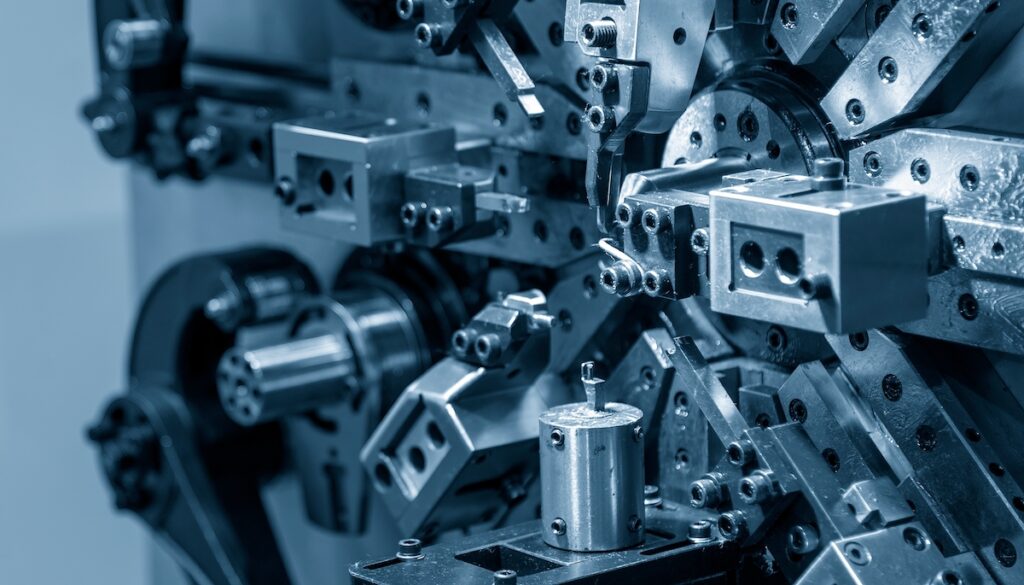No matter the industry you operate in, if you are incorporating springs into your product design there will be a variety of design and functional aspects to be considered to get the best out of your product.
At a base level, product designers should take factors like type, load, and movement into account when selecting the best spring for the job. After all, the slightest change to one of these factors can have a big effect on the performance of your overall product.
TYPE:
While each industry will have several spring types in use across a variety of devices, the type of spring for your device will vary depending on the intended use case. For instance, if a spring is to be used in an area that could be frequently exposed to temperature fluctuations and moisture, a PTFE coating would be best to ensure the longevity of the spring.
LOAD AND MOVEMENT:
Another factor to consider when designing your spring is the load it is expected to bear, and whether this load is static or dynamic. Here, the most important element to consider is the level of durability your spring will need – at what point will you see spring fatigue taking over?
To stave off spring fatigue as long as possible, you should review your design to account for the expected load or stress level, but also for:
- The material used in your spring. Static springs will require different considerations to dynamic spring, which will need a more flexible solution
- Spring rate (the amount of force needed to compress or extend the spring)
- Damping (for dynamic springs, the ability of your spring to absorb and dissipate energy)
- The end configuration. Choosing the right end configuration (closed / open / etc.) is crucial in ensuring proper load distribution and stability over time, as it determines how your load is transferred to the spring and reacts to external force
- Safety factors and testing. It goes without saying that your spring, once manufactured, should stand the test of time. Depending on the industry, it will also need to undergo quality and safety checks, each of which should also be taken into account when initially designing the spring

ADDITIONAL CONSIDERATIONS:
Along with type, load and movement, you should also review:
- The free length of the spring (the overall length of the spring when no load is applied)
- The number of coils, and then the solid height (ensuring this is not taller or longer than the loaded height)
- The travel and load (the maximum length your spring can expand or contract without losing force, dependent on the correct applied load)
- Inner and outer diameter. You’ll also need to consider the environment the spring is to be placed within – too wide, and you’ll need to start again
Ensuring your spring design is well thought out ahead of the manufacturing phase is the key to a successful end product. Building on our comments above, your end design should clearly check three main boxes before moving to manufacturing:
- Environment & Longevity: Has your spring been designed with the end environment in mind? Do you need to consider factors like humidity and heat in your spring’s working surrounds?
- Material Quality: Have you selected the type of material most likely to provide consistent performance over time? Have you considered factors for corrosion, etc.?
- Compatibility: Is your design compatible with the end product? Have you designed for the process the spring will ultimately be used for, and the space in which it will be used?
SCS – YOUR SPRING SPECIALIST
Working with a dedicated spring manufacturer can help to improve your overall spring performance, as their design and manufacture expertise will provide insights that might not have been previously considered.
At SCS, our dedicated team of spring experts have been creating custom, high-performance spring and wire solutions across medical, aerospace, and industrial applications for over 45 years – contact us today to find out how we can help improve your spring performance.


